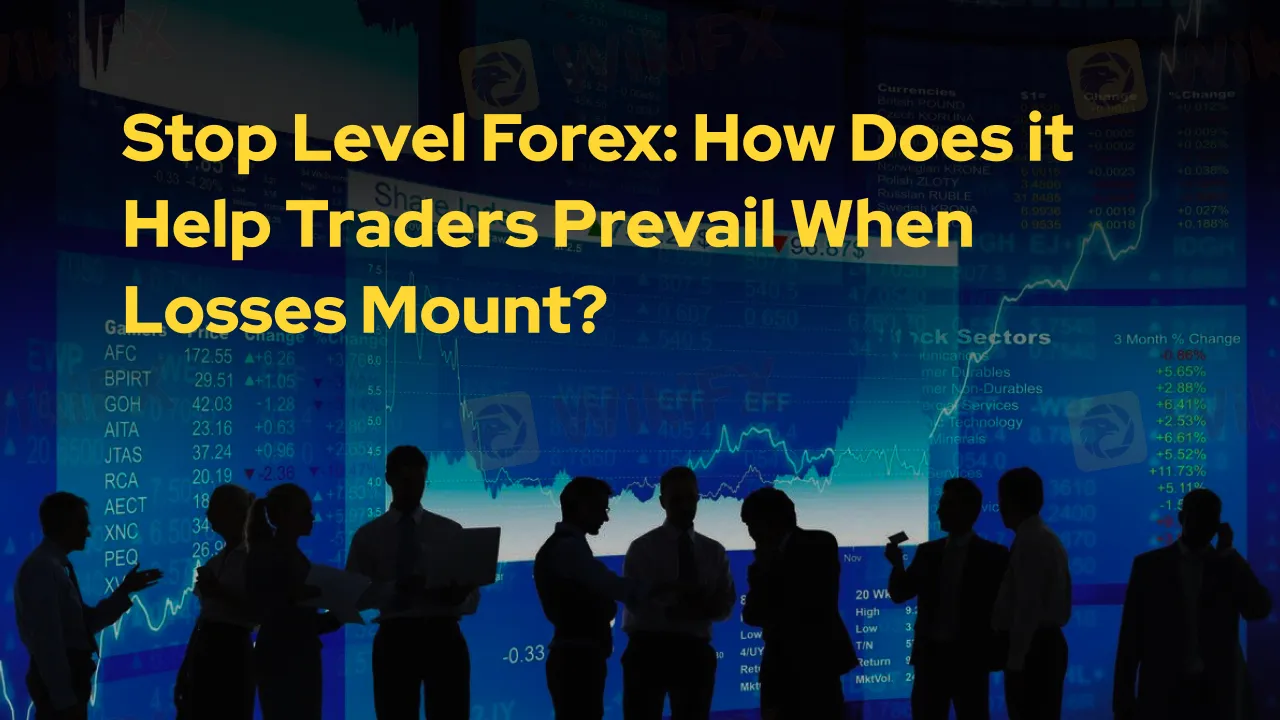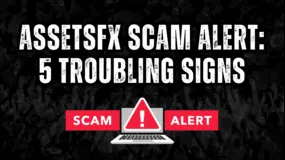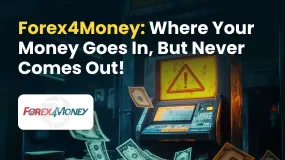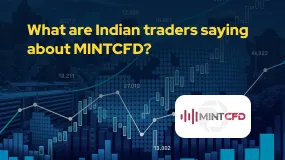Stop Level Forex: How Does it Help Traders Prevail When Losses Mount?
Abstract:Ever wondered what happens when your trades start going south—and your margin takes a hit? Meet ‘Stop Level Forex’—the trader’s emergency brake that kicks in just before things spiral out of control. Explore this story to know its significance.

Ever wondered what happens when your trades start going south—and your margin takes a hit? Meet ‘Stop Level Forex’—the trader‘s emergency brake that kicks in just before things spiral out of control. It’s a critical concept of margin trading involving existing equity and used margin. The balance between these two is called the margin level. Traders must ensure it does not go below 100%. You can open more trades and that too, simultaneously, with increased free margins. Suppose the margin level arrives at a predetermined percentage. In that case, brokers will make a margin call and ask traders to deposit funds into their trading account or close some positions until they restore the balance.
As the existing positions move against the traders, they tend to lose capital as the available equity starts to reduce. This is where stop level forex, or stop out, as it is often called, comes to help traders. As the margin level falls to 50%, your broker will start closing your positions until the restoration of the previous level.
Why Do Brokers Use Stop Level Forex?
As a trader, you would ask this question. If my margin level falls to ZERO, what will happen? The broker will immediately close active positions to prevent the trading account balance/s from falling into negative figures.
But is a negative trading account balance real? Yes, it is!
When trading CFDs, traders exercise the leverage option that allows them to borrow capital from the broker and widen their position. As traders open highly leveraged orders in a sharply fluctuating foreign exchange market, they may lose more capital than the prevailing trading account balance.
In case the account balance is negative, you owe it to the broker. Most brokers thus provide negative balance protection, enabling brokers to close orders partially if the trade moves against a highly leveraged position. If a broker says that it will never allow your funds to go negative, it will convert your negative balance to zero. No matter the unlikely event, such as software issues or market conditions, the broker will ensure it.
Explaining the Process When the Margin Level Dips Below 100%
Firstly, traders should maintain a margin level of more than 100%. This will help them open new positions and maintain the current ones. If the open positions culminate in losses, the losses and the account balance with it start falling, further reducing the margin level.
As the margin level attains 100%, the forex broker will notify traders to refill or close some positions until the margin level exceeds 100% again. Even if traders fail to do so, brokers will do so on their behalf. The margin call level is the point where a broker can decide whether to close positions or not.
That point is 50%, and if it falls below this, the stop level forex concept will kick in. The stop level forex is a process involving the automatic closure of open positions. This happens as the available equity is insufficient to maintain even the ongoing positions, let alone opening new ones.
Generally, with a stop level forex, brokers initially look to close the most ineffective positions. Ineffective here means the positions that affect your account balance in the most severe manner. Brokers often close trades until the stop level and the margin call level are reached. Their act is justified. Because if losses continue to mount, traders will witness a negative account balance.
Understanding the Stop Level Forex with an Example
This example will have GBP/EUR as the currency pair. A forex trader has an available equity of 1,000 sterling. The margin required for gaining a 10,000-sterling position remained 2%. So, the used margin in this case equals 200 GBP. To compute the margin level, you should divide the available equity by the used margin and express it in percentage terms. Here, it will be (1,000/200)x100%=500%. Since the margin level here exceeds 500%, the trader can open new trade positions. However, with more trades, you consume more margin, leaving you with a reduced margin level. In case the trade went opposite as planned, lowering GBP/EUR prices.
The loss remained insignificant initially. But after a point, the price falls too much and empties the account balance. Soon, the loss for the trader went up to 800 GBP. The margin level thus dropped to 100% as the available equity fell to 200 GBP. So, the forex broker will send a margin call to the trader, who will have to refill the balance or close the position.
Heres something exciting for you! Join WikiFX Masterminds where you can connect with the Forex Intellectuals.

Read more

AssetsFX Scam Alert: 5 Troubling Signs
Forex trading has become a critical game now because of advancements in technology. Due to this Unfortunately, scam brokers have also entered in the Forex market. Therefore, you need to stay alert. This article aims to warn all traders and investors. Read carefully and stay aware.

Forex4Money: Where Your Money Goes In, But Never Comes Out!
Discover how Forex4Money traps investors with fake profit promises and blocked withdrawals. Read real complaints and protect yourself from this unregulated forex scam.

Forex Success Stories: Lessons You Can Use to Win
There can be many ups and downs even for the world’s best forex traders. However, they remain undeterred in their vision to overcome the challenges that come their way. That’s why they form part of forex success stories that continue to inspire generations. One can inherit some lessons to be among successful currency traders. In this article, we will be sharing the lessons you can use to be successful in forex trading.

What are Indian Traders saying about MINTCFD?
MINTCFD is an India-based broker. It's important to note that independent watchdogs have issued scam alerts against the broker. They label MintCFD as risky and possibly fraudulent. In this Article, we will tell you the red flags of MINTCFD to protect your money
WikiFX Broker
Latest News
Euro zone inflation holds steady at higher-than-expected 2% in July
Forex Success Stories: Lessons You Can Use to Win
Scam Alert: FCA Issued Warning! Check the List of Unauthorized Brokers Below!
FCA Forex Trading Regulations Explained – What Every Trader and Broker Must Know
FIBO Group: A Closer Look at Its Licenses
Making Money with Forex Weekend Trading
Interactive Brokers Expands Forecast Contracts to Europe
Robinhood Gains 2.3M New Accounts, Platform Assets Close to $280B
CVS shares pop on earnings beat and outlook, as retail pharmacy and insurance units improve
CNBC's Inside India newsletter: Why an India-U.K. trade deal does not make U.S.-India agreement any easier
Rate Calc
